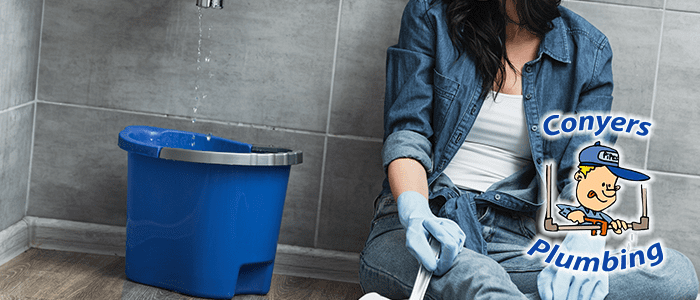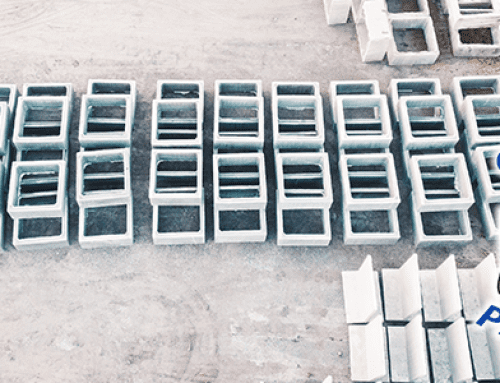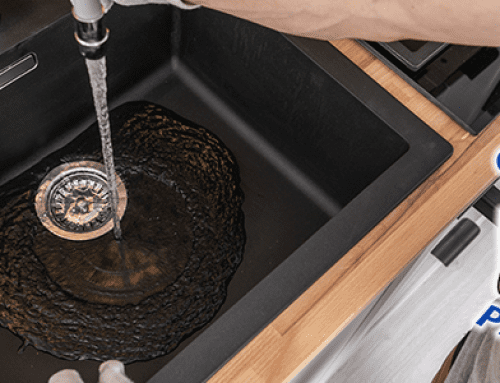The Ultimate Guide to Fixing a Running Toilet: Tips from Conyers Plumbing
As homeowners or renters, it’s our responsibility to be familiar with the basic workings of a toilet since it is the most important fixture in our homes. A running toilet not only wastes water, but it also jacks up our water bill. If you’re hearing a mysterious sound and suspect your toilet is running, don’t ignore it, fix it. Luckily, fixing a running is relatively simple and you don’t need to call a plumber for every issue.
In this guide, Conyers Plumbing, a leading local Plumbing Company located in Hillsborough County, FL, will walk you through the process of fixing a running toilet from how to identify the cause to steps that anyone can take to fix it.
A running toilet can be an annoyance to your comfort and budget, but don’t worry. In most cases, fixing it can be an easy DIY task. Whether you’re an expert in plumbing or this is your very first time trying to fix it, Conyers Plumbing will provide everything you need to know to get the job done right.
Understanding how a toilet works
To fix your running toilet, you must first understand how it works. A typical toilet consists of two main parts – the toilet bowl and the toilet tank. Water from the tanks fills the bowl when you flush, while water refills the tanks after a flush. A float in the tank controls the water level in your tank, which means when it is adjusted to the appropriate level, the toilet should stop running.
Identifying the cause of a running toilet
A running toilet can be caused by various problems including a damaged flapper, a broken float, worn-out fill valve or chain, a clogged toilet, or a waterlogged float ball. Identifying the issue is the first step in fixing it, so try to figure out what the problem is before beginning the repair process.
Replacing the damaged flapper
The flapper is the component that covers the hole that enables water to escape from the tank, preventing water from continuously running. Over time, the flapper can wear down or crack, which can lead to water leakage. If you suspect a damaged flapper is the problem, turn off the water supply, remove the old flapper, and replace it with a new one.
Adjusting the fill valve of your running toilet
If you hear a hissing sound after a flush, it’s likely that the fill valve is the issue. With time, the fill valve can wear out and fail to fill the tank adequately. To fix this issue, turn off the water supply and adjust the fill valve. Ensure it is working correctly, spins freely, and seals tightly.
Checking the float ball
The toilet float ball controls the water level in the tank. If it’s waterlogged, it becomes heavy and sinks, which can result in the toilet continuously running. To fix this, replace the float ball with a new one.
Replacing the float fill valve
The float fill valve is responsible for filling the tank after a flush. If the valve is worn out, the water level may not rise to the right level, causing the toilet to keep running. To fix this, replace the fill valve with a new one.
Cleaning the toilet jets of your running toilet
Often, a clogged toilet can cause water to continuously run, so cleaning the jets is critical. Use a plumber snake or wire to dislodge any debris that may be clogging the toilet. Pour warm water and baking soda or vinegar down the toilet to clear out any remaining debris.
Fixing a running toilet may seem intimidating, but it’s not that hard. By understanding the main components that make a toilet work, identifying the problem, and following the steps, you can easily fix it yourself without hiring a plumber. With the tips from Conyers Plumbing, you can save water, money, and hassle.




